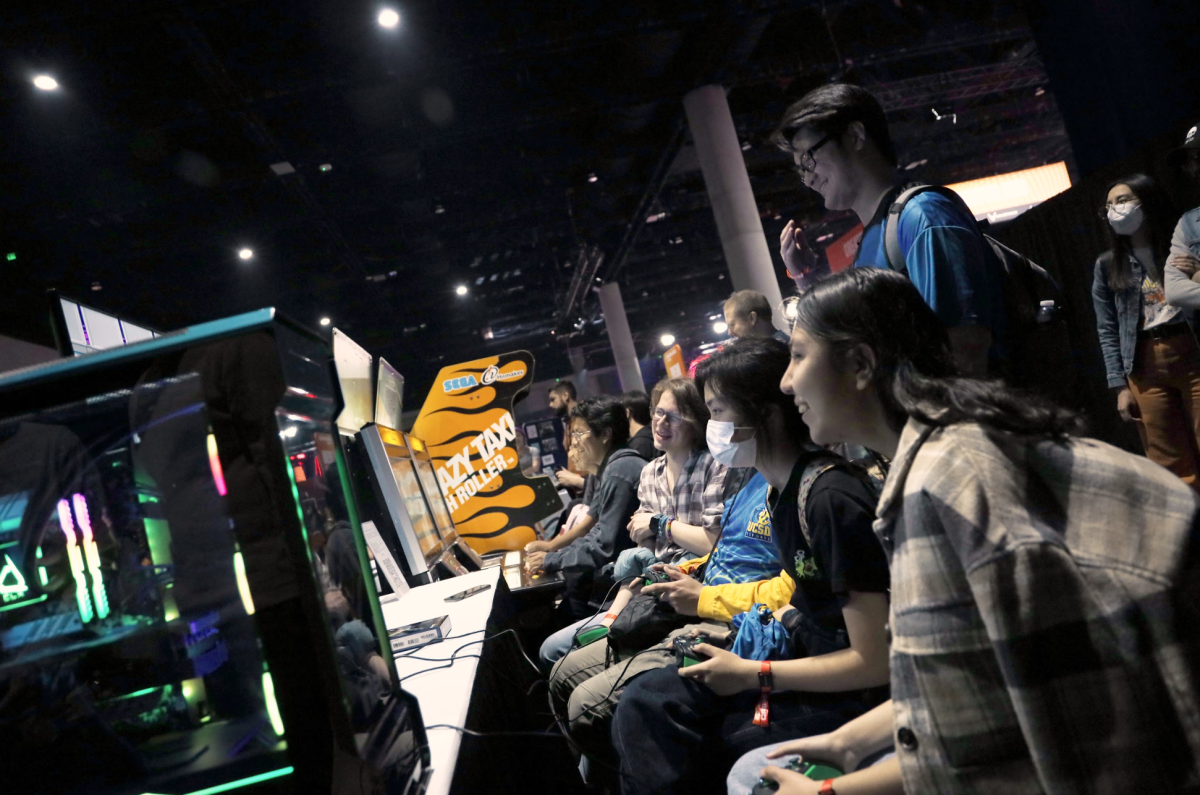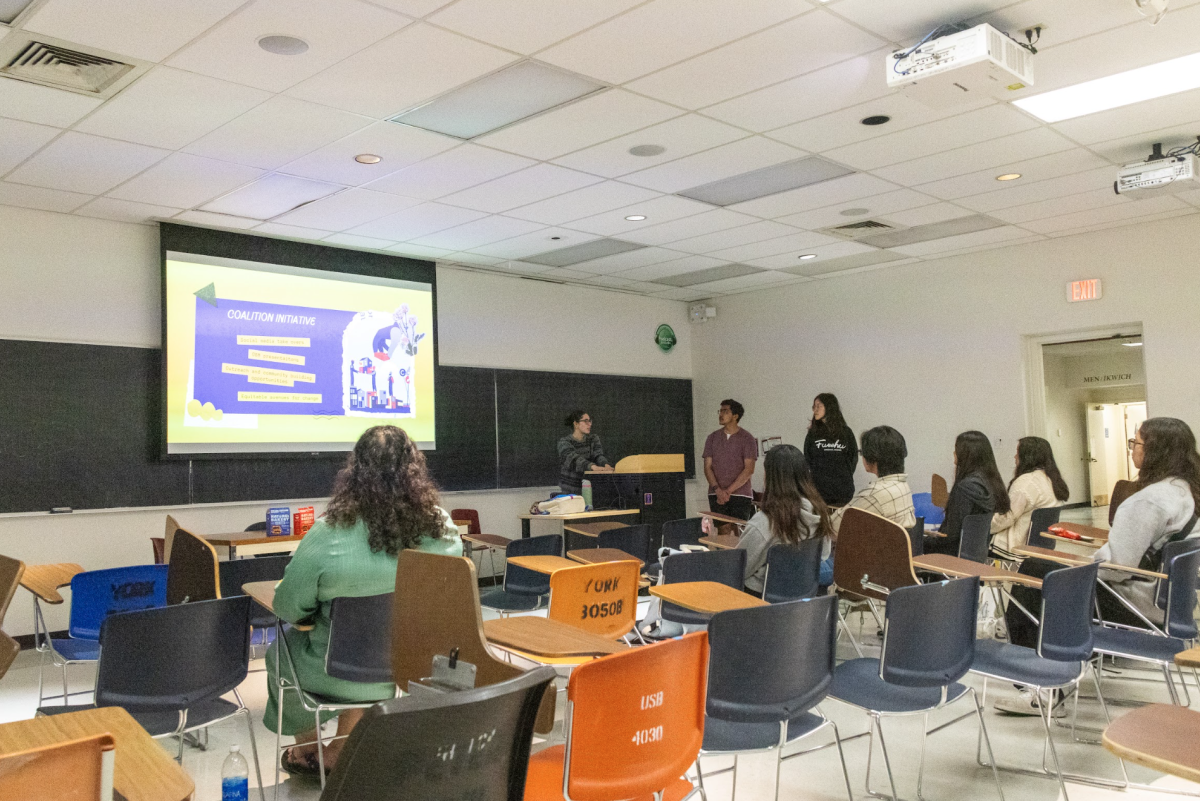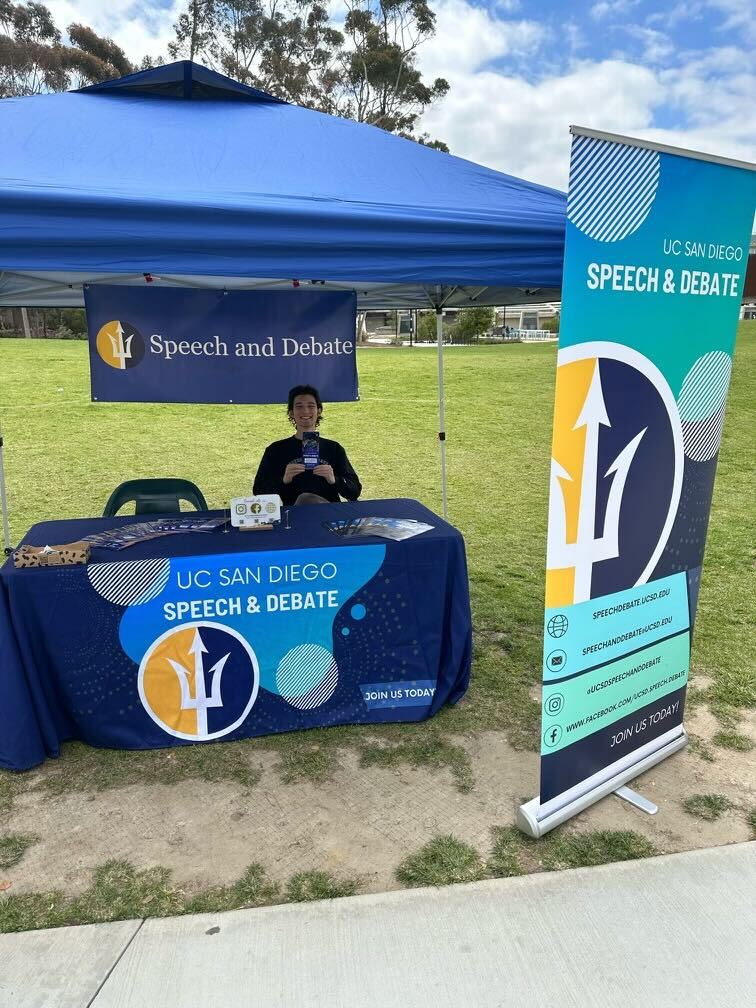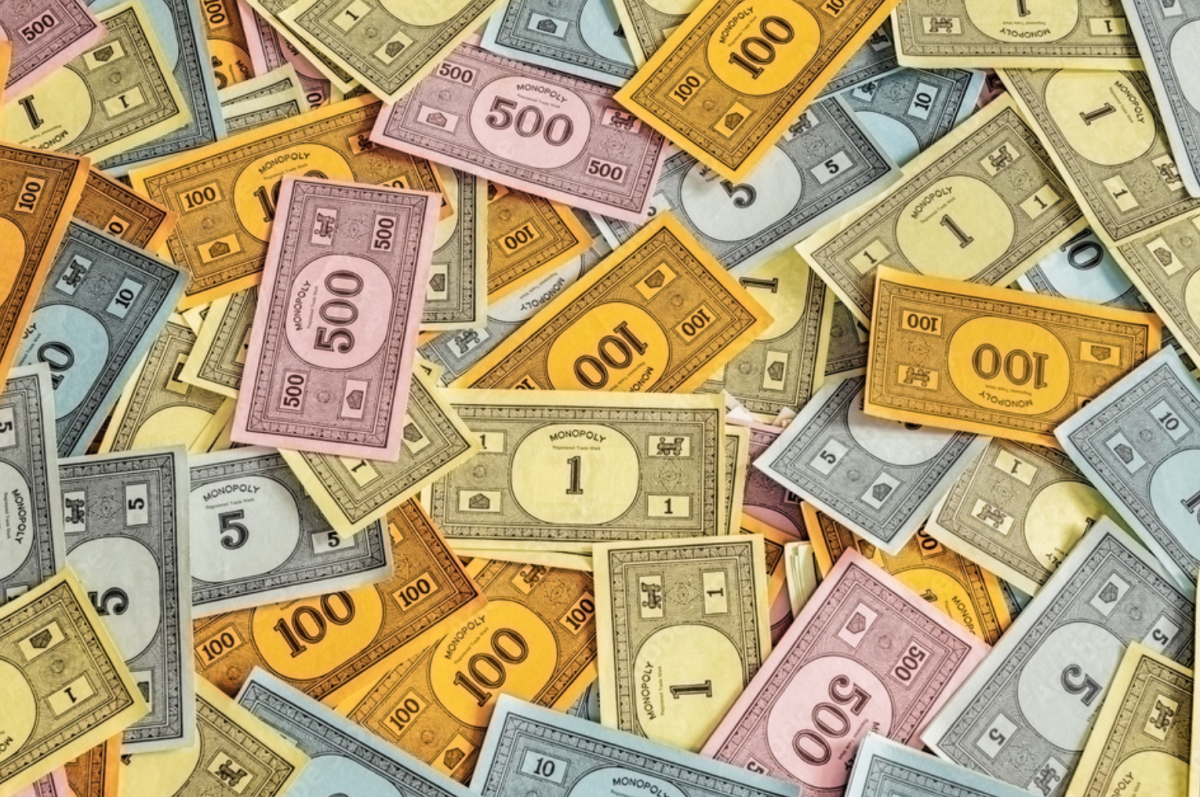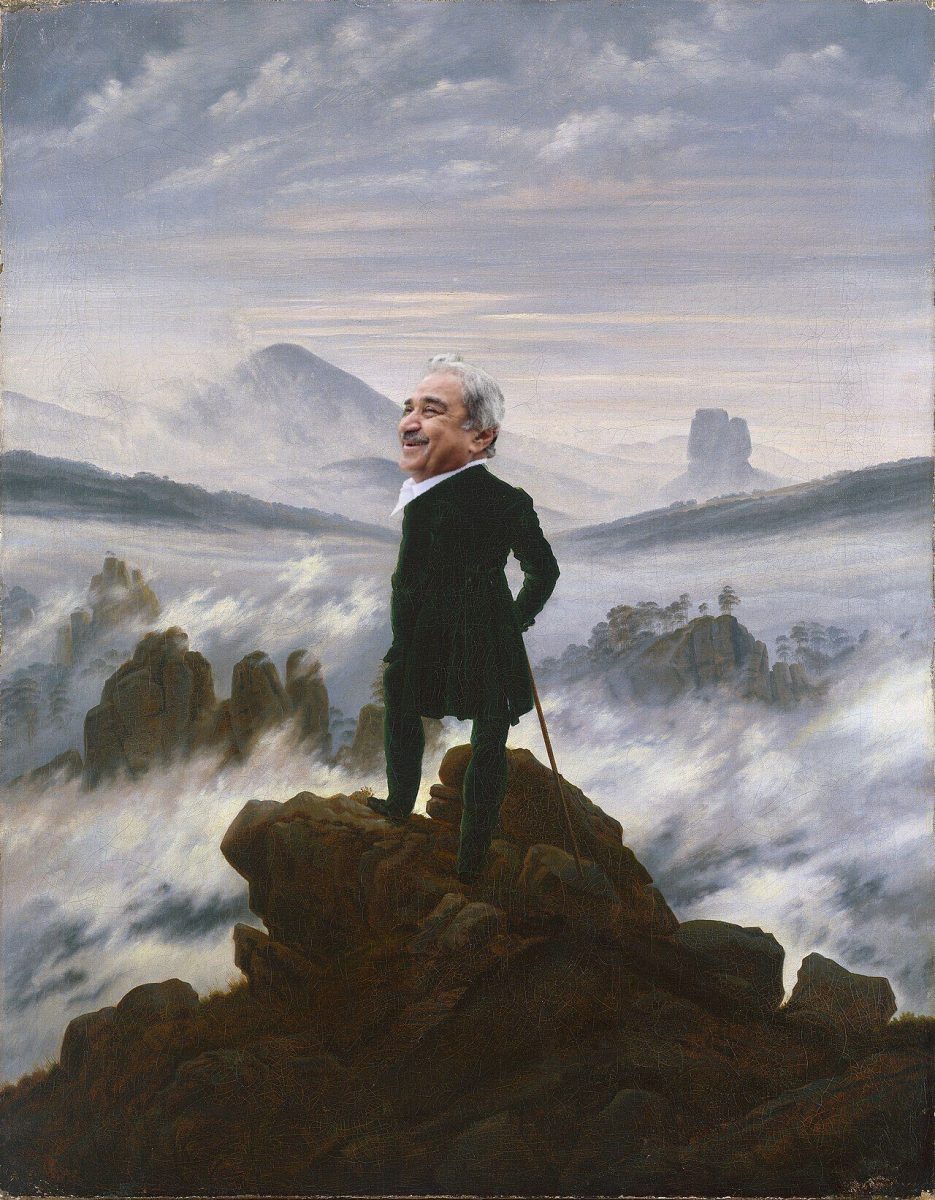The only entrance into the inflatable building is guarded by a sleepy-looking face carved into a wooden post. Through a small window on the bolted metal door, curious outsiders can view a short hallway that leads up to another door with a sign that reads, “Warning: Strong Magnetic Fields.”
Dr. Stanley Opella, a UCSD professor of chemistry and biochemistry, is the director of the team that operates the facility, the Nuclear Magnetic Resonance Resource Group. Fittingly, they’ve nicknamed the building — which is officially called The NMR Resource Building — “The Bubble.” The group’s primary research goals are to develop new technology for NMR spectroscopy and use it to determine the shape of proteins that play significant roles in biomedical research. A protein is a complicated macromolecule with chains of amino acids that twist and turn and fold in upon themselves. Precisely determining the nuances of a protein’s shape can lead to a deeper understanding of its function, which is useful for clinicians and medical researchers.
“The structure determination of membrane proteins is very difficult by conventional methods, so we had to come up with a new approach,” Opella said. “We wanted to develop the experimentation to study the proteins without changing them in any way.”
The Bubble houses five NMR spectrometers, each of which is attached to a giant superconducting magnet, the strongest of which has the potential to generate a 900 Megahertz electromagnetic field, which is over 10 million times the strength of the earth’s natural magnetic field. These instruments are key to producing high-resolution images of proteins, with the power to measure down to the atom composition.
In the core of each magnet, researchers insert proteins, still embedded in cell membranes, to be mapped. The strong magnetic fields produce vibration frequencies, which agitate the membrane proteins in complex patterns that allow the researchers to determine their structure.
Specifically, Opella and his team study proteins that are embedded in cell membranes. These proteins are essential for relaying chemical signals into and out of a cell. In addition, membrane proteins serve as important target sites for drugs, so a stronger knowledge of their structures could lead to the development of more precise drugs for human diseases.
“We have the potential to solve the structure of every single protein,” Opella said.
Last month, the resource team successfully mapped the specific structure of the protein CXCR1, a high-affinity receptor for a signaling protein, interleukin, which is a major mediator for the immune and inflammatory responses of many disorders, including tumor growth.
The key environment for NMR research is the air-supported design of “The Bubble,” which eliminates the need for metal support beams that would interfere with the magnetic field of each spectrometer.
“Inside, there is about 10 million dollars’ worth of equipment,” Opella said.
The facility was originally constructed in 2000 as a temporary site for the group’s research. But the research team quickly recognized the value of an inflatable plastic building for their research.
“It is a structure that can stand on its own while being free of magnetic materials like steel,” he said. “Once we discovered its usefulness, we decided it should be permanent.”
Even though the building sits at the corner of a college parking lot, it is far enough away from the street and the parking lot that the metal of cars does not affect the cutting-edge research that takes place within “The Bubble.” The location was also selected for its close proximity to the chemistry and biochemistry department building.
Even with its mysterious entrance, the building is not closed off to the public. “If students want to know more, they are welcome to schedule an appointment or ring the doorbell,” Opella said.
There’s nothing particularly dangerous about the powerful magnets of the NMR Resource Building. Students are welcome to visit at any time, as long as they leave their cell phones, keys and lighters outside.


